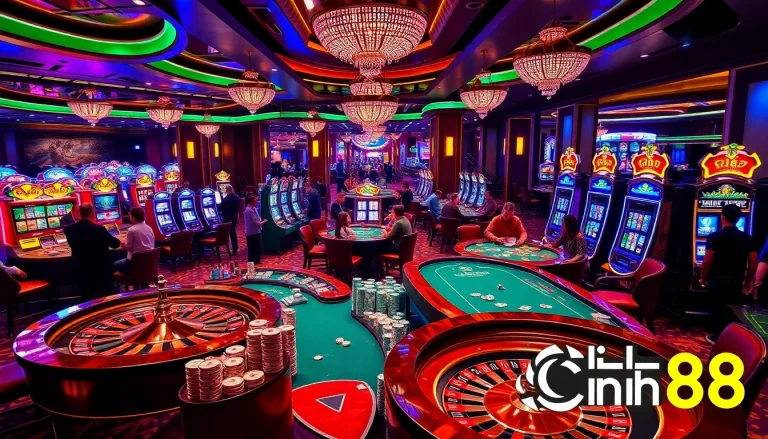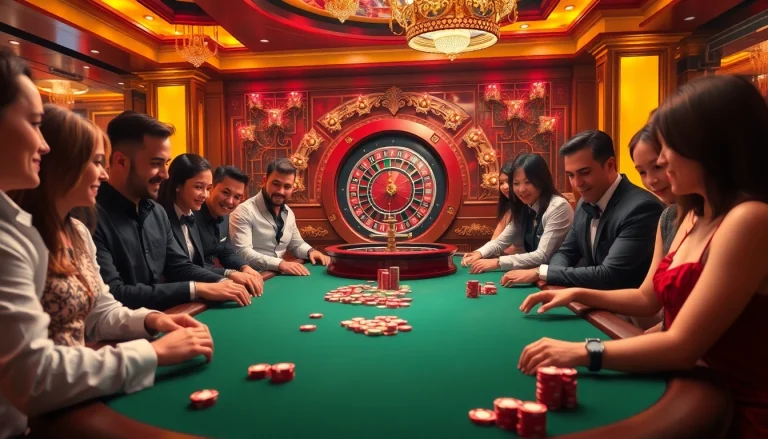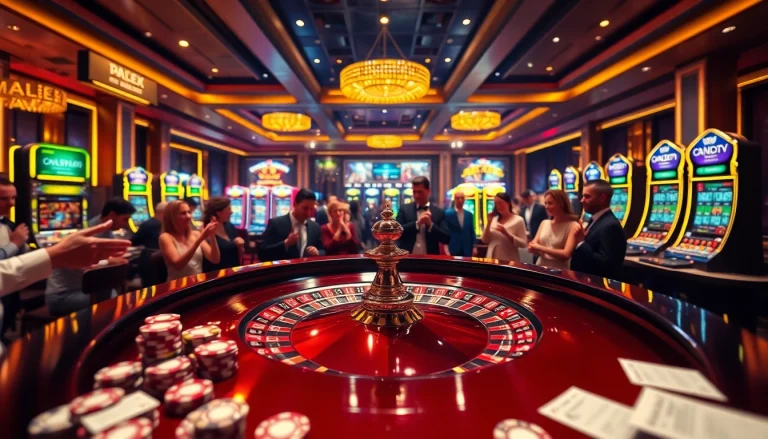
The Definition of Luxury
Luxury is a term that evokes images of opulence, indulgence, and affluence. But what does it truly mean? The essence of luxury transcends mere material possessions; it encompasses a lifestyle marked by comfort, elegance, and exclusivity. In today’s world, where consumer choices are abundant, understanding the multifaceted nature of luxury can reshape our perceptions and consumption habits. Furthermore, the rise of the Luxury market challenges traditional definitions and introduces new dimensions regarding the interplay between quality, desirability, and status.
1. Economic Perspective on Luxury Goods
From an economic standpoint, luxury goods are defined as those for which demand increases more than proportionally as income rises. This phenomenon is rooted in the income elasticity of demand: as consumers’ wealth grows, their willingness to spend on luxury items also escalates significantly, sometimes exponentially. Classic examples include luxury cars, high-end watches, and designer apparel.
These goods often serve as status symbols, reflecting not only personal wealth but also societal standing. The luxury goods market is often insulated from economic downturns; consumers tend to prioritize luxury spending even in challenging financial climates, as the psychological benefits of luxury consumption can provide comfort and reassurance.
2. Psychological Aspects of Luxury
The psychological allure of luxury is profound. Luxury items often symbolize success and achievement, acting as tangible markers of an individual’s social status. The mere act of acquiring luxury goods can evoke feelings of happiness, satisfaction, and self-worth.
Moreover, luxury consumption can foster a sense of identity and differentiation. Consumers are not merely purchasing products; they are investing in a narrative that positions them within a desired social context. This psychological allure is further enhanced by branding strategies that romanticize luxury goods, presenting them as not just necessities but essential components of a vibrant lifestyle.
3. Cultural Influences on Perceptions of Luxury
Cultural context plays a critical role in shaping perceptions of luxury. What is considered luxurious in one culture may not carry the same significance in another. For instance, in Western societies, luxury is often associated with material wealth and conspicuous consumption—think sprawling mansions, expensive cars, and haute couture. Conversely, in more collectivist cultures, the definition of luxury may lean towards shared experiences and communal wealth.
Furthermore, globalization has introduced a blending of cultural influences, where luxury brands adapt their marketing strategies to resonate with diverse consumer bases. This cultural sensitivity is vital for luxury brands aiming to establish a foothold in emerging markets.
Characteristics of Luxury Items
Understanding the defining characteristics of luxury items is pivotal for both consumers and marketers. These attributes set luxury goods apart from their non-luxury counterparts and contribute to their desirability and market value.
1. Quality and Craftsmanship
One of the most critical characteristics of luxury items is their unparalleled quality and craftsmanship. Luxury brands often employ superior materials and skilled artisans, ensuring that each product undergoes meticulous attention to detail. This commitment to quality not only enhances the product’s lifespan but also elevates the consumer experience. For example, many luxury brands conduct rigorous quality control checks to guarantee that each item maintains the brand’s high standards.
Moreover, craftsmanship contributes to the story behind luxury items. Each product embodies a narrative of artistry and heritage, which resonates powerfully with consumers who appreciate the labor and expertise involved in creation. This narrative fosters an emotional connection, making the product feel more valuable.
2. Exclusivity and Rarity
Luxury is synonymous with exclusivity. Scarcity creates demand, and luxury brands often produce limited editions or unique pieces to maintain an air of rarity. This rarity fosters desirability, as consumers are drawn to products that few others possess.
Examples include limited-edition handbags, bespoke suits, and one-of-a-kind pieces from high-end jewelers. The thrill of owning something that is not readily available to the general public enhances the luxury item’s appeal. Brands skillfully leverage exclusivity through selective distribution channels, ensuring that luxury goods remain elusive to the average consumer.
3. The Role of Brand Identity
A luxury brand’s identity is pivotal in consumer perception and market dynamics. Strong branding reflects not just the product but the lifestyle and values that the brand represents. Iconic brands like Louis Vuitton and Chanel encapsulate notions of sophistication, heritage, and status.
The visual elements of branding—logos, packaging, and marketing materials—play an essential role in establishing a luxury brand’s identity. Through strategic storytelling, luxury brands create aspirational narratives that resonate with their target audiences, inviting them to become part of a luxurious lifestyle. Thus, brand identity becomes a psychological anchor in luxury consumption, influencing buying behaviors and loyalty.
The Luxury Market Dynamics
The dynamics of the luxury market are complex, influenced by trends, consumer behaviors, and macroeconomic factors. Understanding these dynamics is crucial for stakeholders looking to navigate the evolving landscape of luxury.
1. Demand Trends in Luxury Consumption
Current trends in luxury consumption highlight a shift toward personalized and experiential luxury. Consumers are increasingly inclined to spend on unique experiences rather than solely on physical goods. Luxury travel, gourmet dining, and exclusive social events are examples of this trend, where the focus is placed on creating memorable moments rather than accumulating material possessions.
Moreover, the rise of digital technology has transformed luxury consumption. E-commerce is no longer just a supplemental sales channel; it is becoming a primary avenue through which luxury brands connect with consumers. Online platforms allow brands to reach wider audiences, especially younger consumers who value convenience and digital engagement.
2. Influences of Social Media on Luxury Brands
Social media has revolutionized the luxury landscape. Platforms like Instagram and TikTok have become vital marketing tools for luxury brands, offering new ways to engage consumers and build communities around their products. Influencer collaborations and user-generated content create authentic connections that resonate with younger audiences, and this strategy is becoming increasingly vital in brand loyalty.
However, this reliance on digital marketing also presents challenges. Brands must navigate the fine line between exclusivity and accessibility, as overexposure on social media can diminish the perceived value of luxury products. Strategic campaigns that balance visibility and aspiration are crucial for maintaining luxury brands’ allure in the digital age.
3. The Impact of Economic Fluctuations
The luxury market is not immune to economic fluctuations. During periods of economic growth, luxury consumption tends to flourish as consumers feel more secure about their financial situations. However, during economic downturns, luxury brands must adapt swiftly to shifting consumer sentiments.
Despite the risks, luxury brands can employ strategies to mitigate the impacts of economic volatility. Implementing value-driven messaging, enhancing customer experience, and fostering brand loyalty can fortify luxury brands against economic downturns. Moreover, diversifying product offerings and exploring emerging markets can provide additional avenues for growth during challenging times.
Luxury in Lifestyle: Beyond Materialism
As societal perceptions evolve, the definition of luxury is increasingly seen as extending beyond material possessions. It encompasses a holistic lifestyle that values experiences, sustainability, and personal well-being.
1. Experiences as Luxury
The growing trend of valuing experiences over possessions highlights a significant shift in consumer behavior. Luxury experiences, such as travel excursions, personalized culinary experiences, and immersive artistic encounters, are increasingly seen as ultimate indulgences.
Brands are responding by curating unique experiences that reflect their ethos. For instance, luxury hotels offer bespoke travel packages tailored to individual preferences and desires, transforming the definition of luxury into one that prioritizes personal fulfillment and unforgettable moments.
2. Sustainable Luxury Trends
Sustainability is becoming an integral element of the luxury narrative. Consumers are increasingly demanding ethically produced goods and brands that champion environmental responsibility. The luxury market is beginning to reflect these values, with brands adopting sustainable practices in sourcing, manufacturing, and packaging.
High-end brands are now blending luxury with responsibility, showcasing how it is possible to create exquisite products without compromising ethical standards. Examples include the use of recycled materials, implementing fair labor practices, and offering transparent supply chains—all of which contribute to a more sustainable luxury paradigm.
3. The Future of Luxury Living
Looking ahead, the future of luxury living suggests a seamless integration of technology, personalization, and sustainability. The rise of smart homes and connected devices, for example, could redefine the luxury experience by enhancing comfort and convenience in everyday living.
Moreover, personalization will continue to drive luxury consumption, with brands leveraging data analytics to cater to individual preferences and habits. This focus on tailored experiences will not only enhance customer satisfaction but also cultivate long-term loyalty in an evolving market.
How to Integrate Luxury into Daily Life
Incorporating luxury into daily life doesn’t necessarily mean overhauling everything you own. Instead, small, intentional changes can elevate your everyday experience into something more luxurious.
1. Choosing Quality Over Quantity
The foundation of living a luxurious life begins with prioritizing quality over quantity. Rather than accumulating numerous items, invest in a few high-quality products that offer durability, function, and style. This mindset not only promotes sustainability but also encourages a more mindful approach to consumption.
2. Creating a Luxurious Home Environment
Your home is a reflection of your lifestyle, and creating a luxurious environment can significantly enhance your day-to-day experience. Simple elements such as elegant decor, high-quality fabrics, and curated artwork can transform your living space into a sanctuary of comfort and sophistication.
Moreover, incorporating sensory elements—like aromatic candles, ambient lighting, and plush textures—can elevate your home experience. The goal is to create an atmosphere that feels both inviting and indulgent, allowing you to enjoy a luxurious ambiance in the comfort of your home.
3. Mindfulness and Luxury Experiences
Embracing luxury is also about being present and mindful. Engage in activities that promote well-being, such as spa days, gourmet cooking, or nature retreats. These luxury experiences foster a deeper appreciation for the present moment and encourage self-care.
By approaching everyday life with an ethos of mindfulness, you can integrate the luxury of presence and awareness, transforming ordinary moments into extraordinary experiences. Whether it’s savoring a fine meal or enjoying quiet time in nature, luxury can be found in simplicity and intention.






